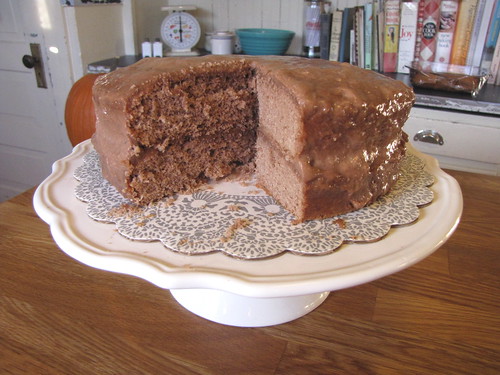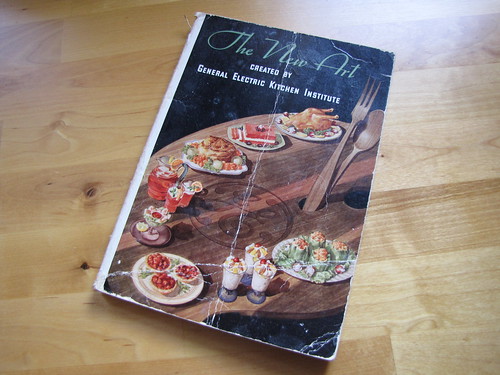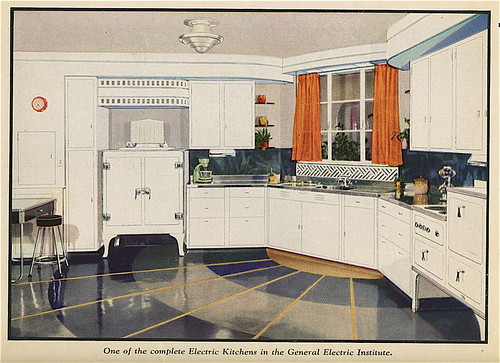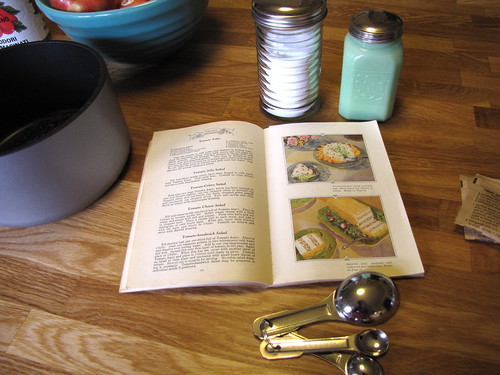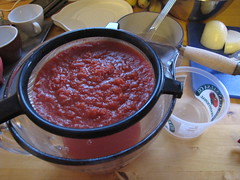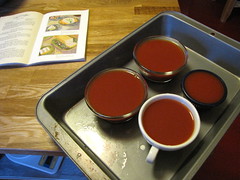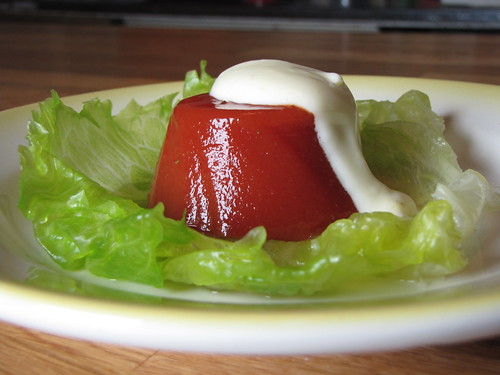The Malted Milk Cake experiment
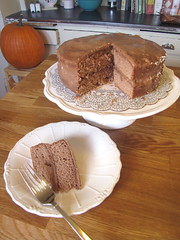 This week, after much delay, I finally got around to making the long-awaited Malted Milk Cake. (Recipe is in yesterday’s post at the link.)
This week, after much delay, I finally got around to making the long-awaited Malted Milk Cake. (Recipe is in yesterday’s post at the link.)
The original source cited by the Old Foodie, as I mentioned yesterday, is apparently a 1937 American newspaper article, though I don’t know which newspaper. I have not been able to find it. The earliest Malted Milk Cake recipe I’ve been able to find is here, but though the book is claimed to be a reprint of a 1900 version of A Book of Practical Recipes for the Housewife, it’s not likely to be that old. The “Frozen Cookies” recipe on page 63 refers to a “mechanical refrigerator,” which wouldn’t have been available for household use in 1900. There are versions of this cookbook elsewhere online that are dated in the 1920s and 1930s, such as this one dated 1923. For this experiment, I’ll stick with the Old Foodie’s recipe, but maybe I’ll try the Practical Recipe version another time.
The only change I made to the 1937 recipe was slightly increasing the amount of vanilla.
I mixed the cake batter, and I must say, it was really, really good. (I know I’m not supposed to taste cake batter with raw eggs! But it’s so good!) It was a lovely light brown color and had a gentle chocolate malt flavor.
The cakes baked beautifully. I had to cook them an extra 10 minutes, but my oven temperature often runs a bit low so this wasn’t surprising. The kitchen smelled wonderful. So far, the recipe looked like a success.
Then came the Chocolate Malted Milk Topping. T. W. Barritt at the Culinary Types blog has also made this recipe, and said about the topping in 1920s slang, “The icing is just a bit ornery and doesn’t hit on all sixes.” I agree. The gelatin/evaporated milk/malted milk/sugar combo whips into what looks like a really nice, smooth icing, but it’s definitely ornery, as well as not quite as much as I would have liked to cover the cake.
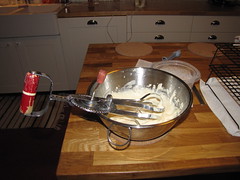
Once assembled, though, the cake looked reasonably nice, as you can see in the photo. I put in in the ol’ ice box (well, “mechanical refrigerator”) to chill.
Verdict
The cake itself is wonderful. It is light, and not too sweet, with a malted chocolate flavor that doesn’t overpower you. It doesn’t taste like a Whopper, for example, which is all overwhelming sweetness and waxy “mockolate.” It’s just got a well-balanced malted milk flavor. I would make the cake again, any time.
The icing is another story. It wasn’t just that it was kind of annoying to work with. I can live with that. But the gelatin was also problematic for textural and flavor reasons. The topping seemed just a little too stiff and rubbery once it set up, and I could taste just the tiniest taste of plain gelatin behind the sugar, malt, and milk flavors. It’s weird—I don’t notice that taste if I have, say, flavored Jell-O. But I definitely taste it here, and that touch of gelatin flavor puts me off the topping just a bit.
Considering the results of the earlier Tomato Jelly Salad experiment, I’m beginning to think that I just have a problem with gelatin in general. It’s a good thing I didn’t grow up in the 1920s or 30s.
Kristen and Jason were also guinea pigs for this recipe. Jason liked it, but thought the cake was slightly dry. He didn’t notice the issues with the icing that I did. Kristen liked the cake, but, like me, did not care for the icing.
Despite the icing not being to my taste, the cake overall is a success. Next time, different icing: something light, to match the lightness of the cake, and without gelatin. Last week I made a lemon ice box cake that had frosting made from whipped cream, sweetened condensed milk, and lemon juice. It was light and delicious. I wonder how something like that, with malt and chocolate substituted for the lemon, would work with this cake.

